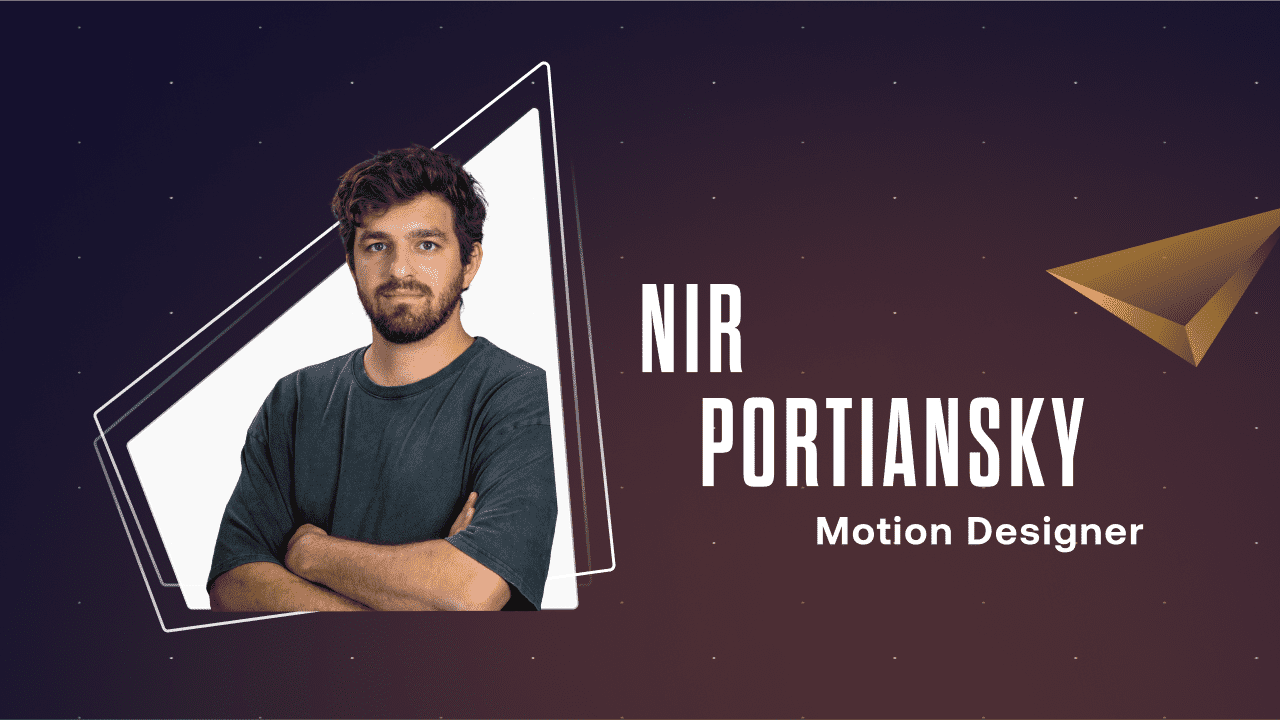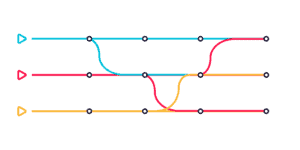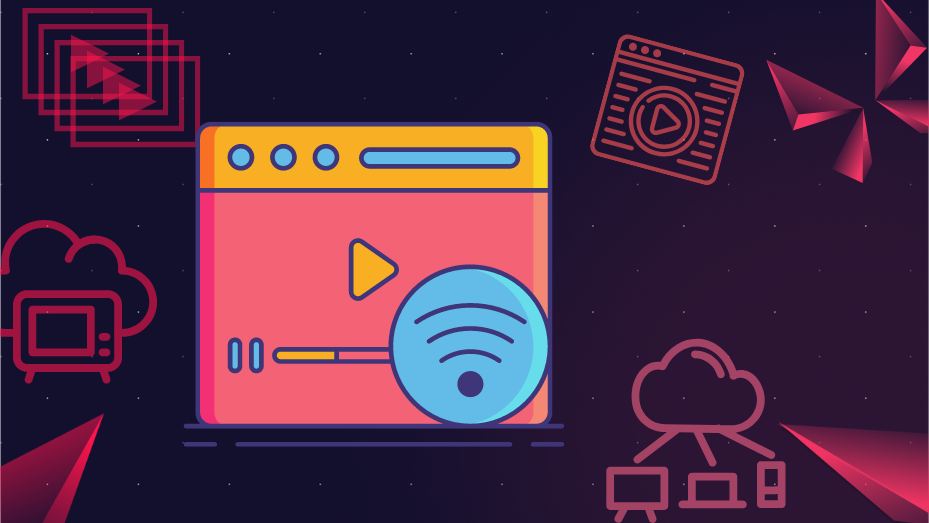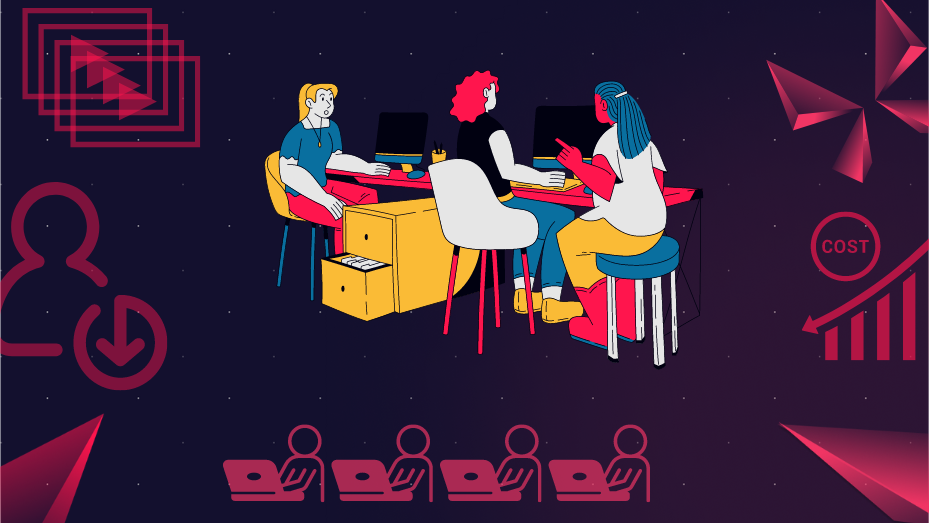Why Timelines Matter: The Key to Creating Compelling Videos

I’ve been creating videos, particularly animation, for a long time. It’s my passion. Recently, I’ve been focusing on the difference between compelling business videos and those for pure entertainment. After working with many Blings customers on conceptualizing and creating MP5 videos, I’ve come up with some guidelines to help focus the creative process on creating video that serves a purpose.
Traditionally we start at storyboarding and It’s a crucial step for any video creator, but when creating an immersive experience, we also need to take wireframing into consideration. Although the difference between the two may not seem significant, wireframing plays a crucial role in the planning of the video before storyboarding and design. By creating a wireframe, you can better visualize the flow and structure of your video, allowing you to make more informed decisions about how to approach your storyboard and design.
Wireframing outlines the full story and scope of the project. When working with an interactive and dynamic video, wireframing becomes even more important, as we may be dealing with multiple timelines and triggers that make up a complex journey. By wireframing the entire video and understanding the narrative we want to tell, we can then introduce different types of timelines to help us tell that story.
What is a Timeline?
MP5 gives video creators and storytellers the tools to create videos that are more engaging and interactive by utilizing the different types of supported timelines.
There are three main types of timelines that MP5 opens up for us; the regular linear timeline, the user-triggered behavioral timeline, and the data-triggered timeline. The availability of these timeline alternatives opens up new possibilities for creating smart and personalized videos. Let’s go deeper into each timeline type.
Linear Timeline

The first type of timeline is the standard linear timeline. Linear timelines are the most common and are the standard for traditional video content. These timelines have a set sequence of events that the viewer follows from beginning to end. It starts at zero seconds and goes in a linear way until the end of the video. This has traditionally been thought of as a single block, where you can move forward or backward, but not up or down in parallel universes.
However, with the advent of MP5, we now have the ability to have multiple timelines and even parallel universes within our videos. This opens up a whole new world of possibilities for video creators.
Behavioral Timeline

The second type is the behavioral timeline, also known as the user-triggered timeline. This type of timeline is waiting for input from the user to continue to the next stage. This could be in the form of a question, input field, or multiple choice. Depending on the response, the timeline will branch off in different directions, allowing for a personalized experience for each viewer.
For example, let's say you're watching a McDonald's commercial. At the end of the first timeline, you're asked a question. Depending on your answer, you'll be directed to a new timeline that is tailored to your response. If you choose the correct answer, you'll be taken in one direction, and if you choose the wrong answer, you'll be taken in another direction. This allows for a more interactive and engaging experience for the viewer.
Data-triggered Timeline

The third type of timeline is the data-triggered timeline. This type of timeline is based on data that we know about the viewer. For example, we could create a timeline that shows the top movies that a viewer has watched in the past year. Depending on how many movies they've watched, the scene will be different for each viewer. Some people will see a scene with five movies, while others will see a scene with four, three, two, or even one movie. This allows for a highly unique and personalized experience for each viewer.
When thinking about data-driven timelines, we have to think about the data that we have and how we can break it down into different segments. For example, if we have groups of people who have things in common, we can personalize their timelines based on that.
When creating a data-driven timeline, the first step is to look at the call to action that you want to achieve and then you can then look at the data and see how it can be used to achieve that goal.
Let’s look at an example of a video we recently created for a large retail chain that was marketing a new loyalty credit card. The company wanted to encourage users to sign up for their credit card, so they segmented the audience based on how much each customer had spent in their stores. Depending on how much a person had spent, they would receive a personalized offer that would be relevant and compelling to their spending category.
By looking at the data that we have and thinking about our call to action, we can create videos that are tailored to each individual user, which can help to increase engagement and conversions.
The combo
In addition to these three types of timelines, there is also a combination of behavioral and data-triggered timelines. This allows for personalized interactions and scenarios within the video. MP5's ability to create multiple timelines and parallel universes opens up a whole new world of possibilities for video creators. Whether it's a simple chronological timeline or a more complex, user-triggered behavioral timeline, the possibilities are endless.
What Timelines Allow us to do
When creating smart video, I have to consider which type of timeline will best suit the content and the viewer's experience. Linear timelines are great for traditional videos, while behavioral and data-triggered timelines can provide a more interactive and personalized experience.
Overall, understanding the different types of timelines available can help me make more informed decisions when creating smart video.
So what does that mean?
Video is a powerful tool for engaging audiences and driving results. But not all videos are created equal. When it comes to building smart video content, it's important to consider the role of data and behavioral elements in crafting a successful strategy.
At a high level, a "timeline" refers to the way in which a video is structured and presented to viewers. The traditional timeline is linear, meaning that the video unfolds in a chronological, step-by-step manner. This approach is effective for delivering straightforward information or instructional content, but can be less engaging for audiences looking for more interactive or personalized content.
Behavioral timelines, on the other hand, take into account the actions and interests of the viewer in order to tailor the video experience. This approach can be more engaging and effective at driving desired outcomes, but requires a deeper understanding of the audience and their behavior.
Data-based videos go even further, leveraging data and analytics to inform the structure and content of the video. This approach can be highly effective at delivering personalized, engaging experiences, but requires access to robust data sets and the ability to analyze and interpret that data.
Ultimately, the best type of video will depend on the unique needs and goals of the business. A company like McDonald's, with a highly engaged audience, might benefit from a behavioral video that invites viewers to play trivia games or participate in other interactive content. On the other hand, a company like an insurance provider, whose audience may be less interested in interactivity, might be better served by a data-based video that presents personalized information and recommendations based on the viewer's individual needs and preferences.
When it comes to building smart video content, there is no one-size-fits-all approach. The best approach will depend on the unique needs and goals of the business, as well as the preferences and behavior of the target audience. By considering both data and behavioral elements, companies can craft video experiences that are engaging, effective, and aligned with their business objectives.


